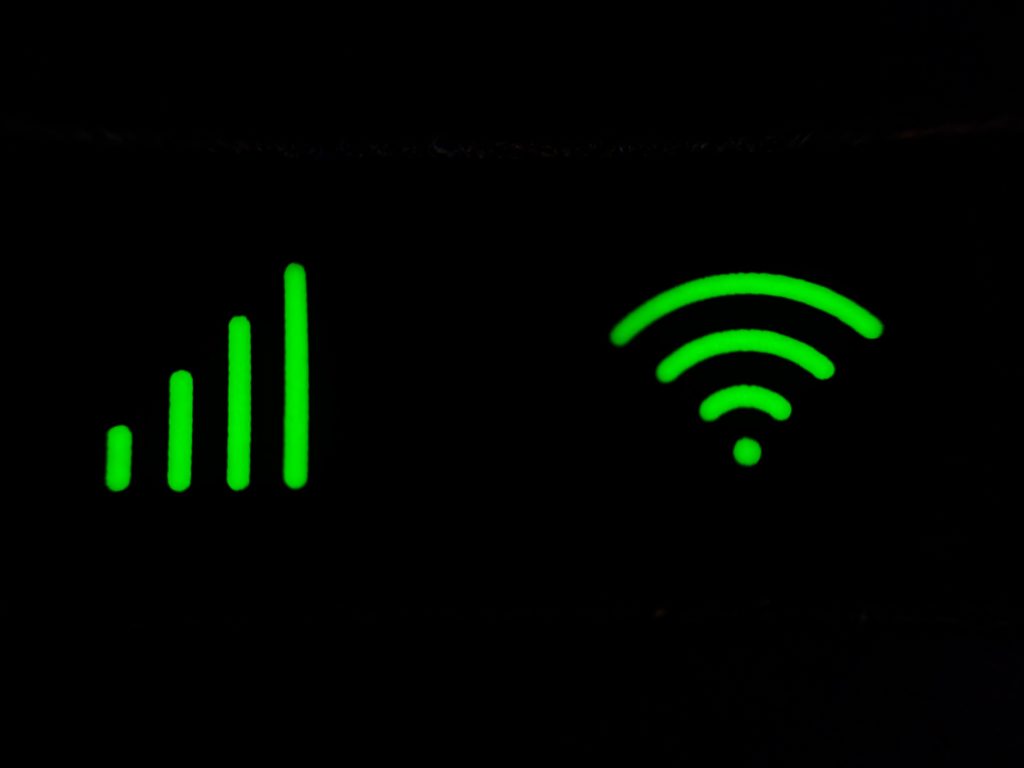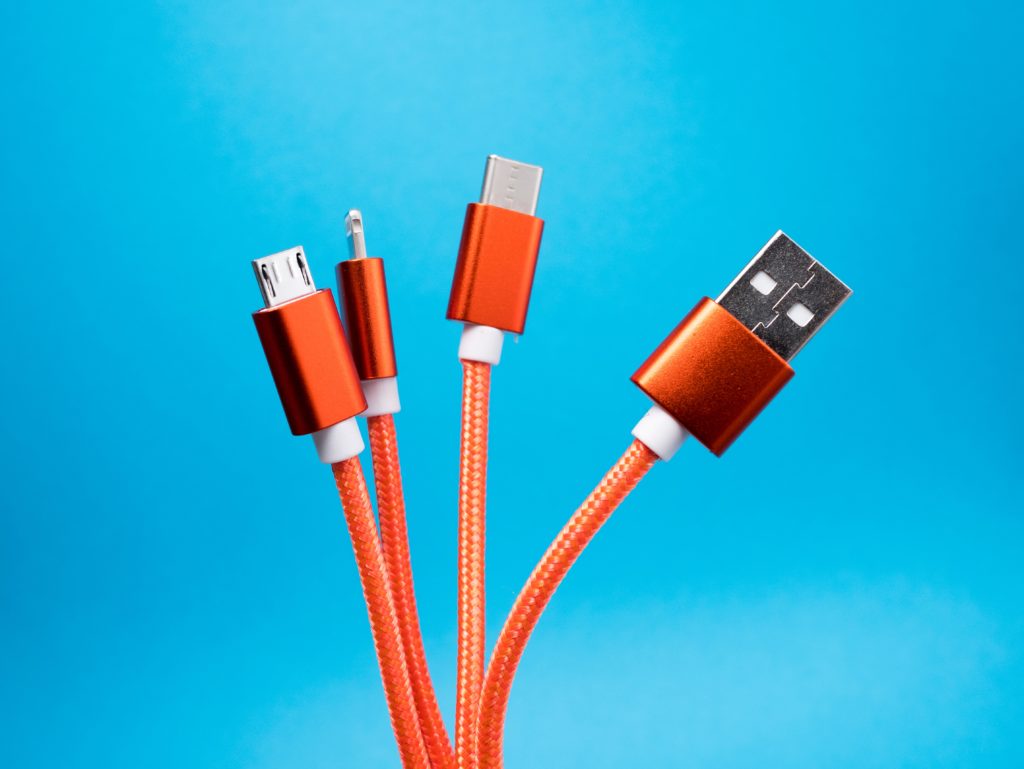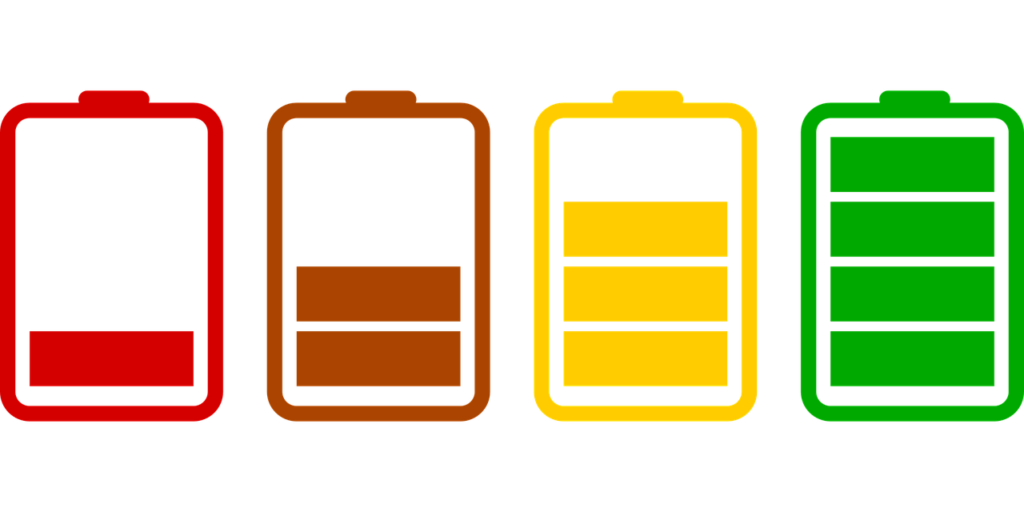The Internet has reduced the world to a global village. We can access the internet using different technologies such as cables, satellites and even wireless or mobile connections. Most wireless-capable devices such as Android tablets, Windows computers and some iOS devices can share an internet connection via Bluetooth. In this article, we shall look at how Bluetooth tethering works, as well as its advantages and disadvantages. But first,
Quick Navigation
What is Tethering?

Tethering is the act of sharing a mobile device’s internet connection with other connected devices such as your pc or tablet. Tethering can be useful when you don’t have Wi-Fi access but you have access to cellular data and you want to work on something on your computer. What are the different types of tethering?
Types of Tethering
There are three media for internet tethering. Here’s how they compare.
- Wi-Fi Tethering
- USB Tethering
- Bluetooth Tethering
#1. Wi-Fi Tethering
Wi-Fi tethering is the most common method of tethering the internet. Wi-Fi hotspot is available in almost every smartphone available in the market. It involves enabling your personal hotspot and finding the network on your laptop or computer. I
Advantages of Wi-Fi Tethering
- Wi-Fi is more reliable than Bluetooth and USB tethering because it connects to the internet faster and allows more users. Wi-Fi transmits data at speeds of up to 54Mbps. But the Internet speed depends on the type of mobile connection you are using. If your device is 3G, the maximum theoretical speed id 7.2Mbs. For 4G networks, it is 22Mbps.
- Another great thing about Wi-Fi tethering is its range. Wi-Fi covers a wider range than Bluetooth. This means that you can leave your phone charging in one room and use its internet on your computer in another room. Besides, modern smartphones can produce signals that are par strength-wise with a wireless router.
- Lastly, Wi-Fi allows you to connect to more than one device to the Wi-Fi hotspot at the same time. However, this depends on the device you are using.
Disadvantages of Wi-Fi Tethering
- Wi-Fi tethering consumes more battery power of the three. This is because your phone is doing a lot of things at the same time.ie sending and receiving internet packets from your smartphone and sending and receiving the internet packets to the device you are using to access the internet.
- Security is also a concern. Your phone’s Wi-Fi signal is vulnerable to any hacker within range. Have the same security measures in place as when using your office Wi-Fi.
How to Set Up Wi-Fi Tethering
Android devices have a built-in Wi-Fi tethering feature. However, some carriers may disable it if you don’t pay for a tethering plan. To access Wi-Fi tethering, open your phones setting and tap the More option under Wireless & Networks, then tap Tethering & portable hotspot.
To configure your phone’s Wi-Fi hotspot, tap the Set up Wi-Fi hotspot option. You can change its name and password. Don’t change the security settings. Unless you are using an older device, leave the security setting set to WPA2 PSK. WPA PSK is secure. It prevents other people from connecting to your hotspot and using your data. It is also recommended to use a strong password.
After configuring the settings, turn on the Portable Wi-Fi hotspot option. This allows you to connect to the internet from your pc, tablet or laptop using your phone’s internet.
#2. USB Tethering
You can also use USB tethering to connect to the internet. But who wants a slow connection? However, you won’t need to worry about battery life. The device you are using to connect to the internet will charge your phone. Of the three, USB tethering is less prone to interference. So, if you don’t mind compromising speed, then USB tethering is a good idea. Plus, its more secure of the three because the internet signals are only pushed through the USB cable. Wireless signals are prone to eavesdropping. Here are some of its other disadvantages.
- Carrying an extra cable can be an inconvenience
- USB tethering requires special software and configurations for each device
- Keeping your smartphone within an arm’s reach can also be an inconvenience.
How to set up USB Tethering

Connecting to the internet via Bluetooth is so simple. After connecting your phone to your PC using a USB cable, you will see the USB tethering option. Toggle it on to connect to the internet. Your computer, tablet or any other device you are using should be able to recognize this new type of internet connection and connect to it.
Let’s now look at Bluetooth tethering
#3. Bluetooth Tethering
Bluetooth tethering is also available in almost every smartphone. Although Bluetooth tethering is slower than Wi-Fi you’d want to use Bluetooth tethering to conserve your battery life. Unlike Wi-Fi Bluetooth only allows connecting one device at a time.
Features of Bluetooth Tethering
- Bluetooth tethering is a type of wireless tethering. It requires not require any router.
- Your phone serves as the router or modem
- Enabling it is easy. A touch of your finger could be enough.
- Both devices need to be Bluetooth enabled for Bluetooth tethering to work.
To understand more about Bluetooth tethering, let’s look at its advantages.
Advantages of Bluetooth Tethering
Bluetooth tethering has the following advantages.
- Low Power Consumption
Bluetooth is more power efficient than Wi-Fi. This means that your batteries will last longer when tethering via Bluetooth. Modern smartphones use Bluetooth Low Energy which consumes less battery power. So, Bluetooth is perfect for use with a mobile hotspot.
- No Password Required
Bluetooth tethering does not require you to enter any passwords. Once the devices have paired, you can connect to the internet.
- Security
Not many people use Bluetooth tethering. So, it has better security. Besides, Bluetooth operates within a small radius. A hacker must be close to you to get unauthorized access to your information via Bluetooth.
- Easy to Set up
Bluetooth tethering is easy to setup. Once you have enabled the option, it mains active. All you need to do is to click on the Bluetooth icon on your pc and connect to the internet. Obviously, you also need to turn on mobile data on your device.
Disadvantages of Bluetooth Tethering
As you can expect, Bluetooth tethering also has its disadvantages. These disadvantages include:
- Bluetooth Tethering is Slower than Wi-Fi
Wi-Fi tethering connects to the internet at much higher speeds than Bluetooth. However, this speed depends with the Bluetooth version. Bluetooth 2.0 limits you to 3 Mbps. However, Bluetooth 3.0 provides data transfer speeds of up to 24Mbps. Most of the Bluetooth devices in use today have Bluetooth 4.0 which has improved speeds.
- Limited Number of Connections
Bluetooth tethering only allows connecting one device at a time. You can’t connect multiple devices as in Wi-Fi tethering.
How To Set Up Bluetooth Tethering
Setting up an internet connection via Bluetooth is pretty easy. Most laptops are Bluetooth enabled. The first step of establishing an internet connection via Bluetooth is to pair your PC with your phone. Make sure that the device is discoverable.
On your device, go to Bluetooth and look for the device you want to pair. Once the device you want to pair with shows up, tap on its name to initiate the pairing process. When the device start communicating, a prompt will pop up asking you to confirm a unique code is the same . When you confirm, a Bluetooth connection should be established. Once the devices have paired, jump to Tethering & Portable Hotspot on your smartphone and enable Bluetooth tethering. On your pc, right click on the Bluetooth icon and then choose “Join a personal area network.” When this opens up, your phone should appear. Click on it. A connection will be established. You can now access the internet via Bluetooth.
Other types of Tethering
Besides the standard Android tethering options, there are other methods of tethering.
- Third party Tethering apps
There are third-party apps that you can install and use to tether. This is ideal is ideal especially if tethering is disabled on your phone. However, your carrier may charge you for using such apps or require root access. An example of a third party tethering app is PdaNet+. It offers USB and Bluetooth tethering on all Android phones. However, Wi-Fi tethering only works on some devices.
- Reverse Tethering
Imagine sharing your computers internet with your smartphone instead. This can be helpful if your computer is only connected to a wired Ethernet connection and you don’t have access to Wi-Fi.
How to Extend Your Battery Life While Tethering

Wi-Fi and Bluetooth tethering consumes your battery power especially if you are using it for long hours. The following tips will help extend your battery life when tethering.
- Always plug in your device when tethering.
- Turn off tethering after use
- If possible, set your phone to turn off hotspot when no devices are connected.
Wrap up
Free Wi-Fi is not always available. So, mobile Hotspot can come in handy. Tethering is a secure way of connecting to the internet. If you often use mobile internet on your pc and want to conserve some battery power and have, then Bluetooth tethering is the way to go.
This brings us to the end of our article on Bluetooth pairing. I hope you have a better understanding of how tethering works.
